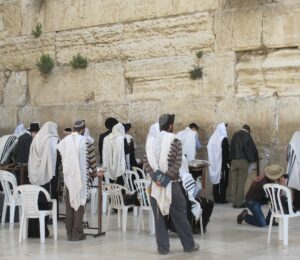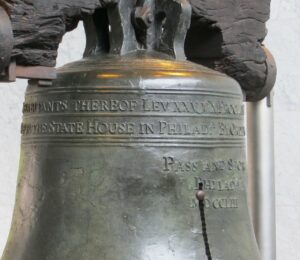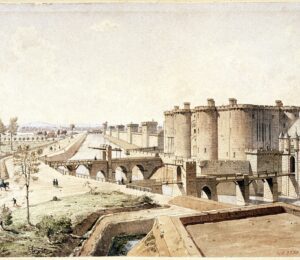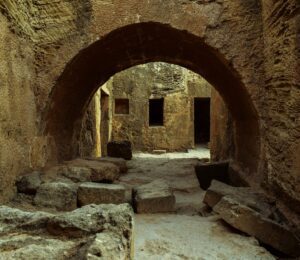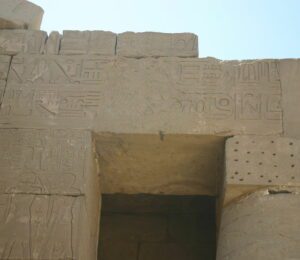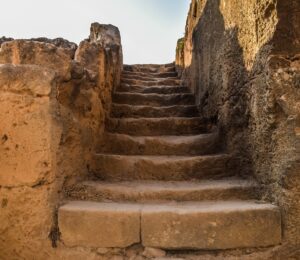Yitzhak Kaduri
One of the most remarkable – and controversial – news stories out of Israel concerns the renowned Ultra-Orthodox teacher of Israel – Yitzhak Kaduri. He was apparently a remarkable man revered by Jews all throughout Israel as a man of God and was a rabbi’s rabbi. He was born on July 9, 1898, in Baghdad as Yitzhak Diba who studied the Torah and the Kaballah, and was considered very intelligent. He memorized much of the Scriptures and texts and was able to give advice to those who would ask. Everybody who knew the rabbi recognized him as a great man… Read More »

